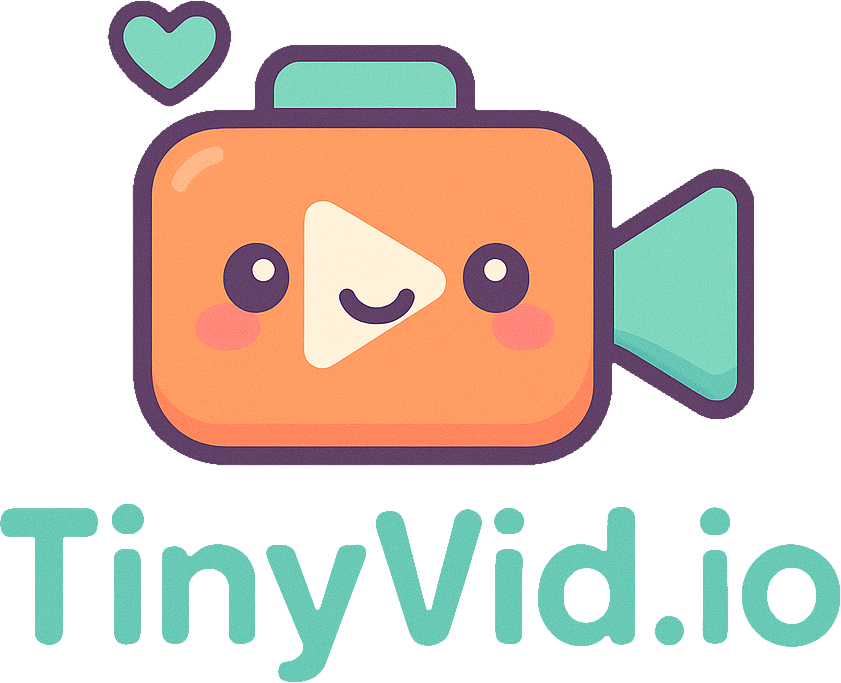Making Your Videos Accessible: Why Captions, Transcripts & Audio Descriptions Matter
Topics covered in this article:
Creating compelling video content is only half the battle. Ensuring that everyone can access and understand your videos is equally important. Video accessibility isn’t just about compliance; it’s about inclusive design, reaching a wider audience, and even boosting your SEO.
Let’s explore the key components of video accessibility: captions, transcripts, and audio descriptions.
Why Video Accessibility Matters
- Reach a Wider Audience: Accessible videos cater to people with hearing impairments, visual impairments, learning disabilities, and those in sound-sensitive environments (like public transport or quiet offices).
- Legal Compliance: Regulations like the Web Content Accessibility Guidelines (WCAG), Americans with Disabilities Act (ADA), and Section 508 often mandate accessibility features for public-facing or internal content.
- Improved User Experience: Features like captions allow viewers to watch videos muted, understand complex terminology, or follow along more easily.
- Enhanced SEO: Search engines can index the text content in captions and transcripts, making your videos more discoverable. (See our Video SEO Guide)
1. Captions (Closed Captions - CC)
Captions are time-synchronized text displayed on screen, representing speech and important non-speech sounds (like [door slams] or [music playing]).
- Difference from Subtitles: Subtitles typically only translate spoken dialogue for viewers who don’t understand the language, while captions assume the viewer cannot hear the audio.
- Benefits: Essential for deaf and hard-of-hearing viewers, useful for watching in noisy/quiet environments, aids comprehension for non-native speakers or those learning to read.
- How to Create:
- Use built-in features on platforms like YouTube.
- Employ third-party captioning services (human or AI-based).
- Create manually using captioning software (e.g., Aegisub, Subtitle Edit).
- Common formats include
.srt,.vtt,.scc.
2. Transcripts
A transcript is a plain text version of all the speech and important non-speech audio in your video. It’s not synchronized with the video playback like captions are.
- Benefits:
- Provides full content access for those who cannot watch the video (e.g., visually impaired using screen readers).
- Allows users to quickly scan or search the video’s content.
- Excellent for SEO as search engines can easily crawl and index the entire text.
- Can be easily repurposed into blog posts, summaries, or downloadable resources.
- How to Create: Often generated alongside captions; can be created manually or using transcription services/software.
- Implementation: Provide the transcript directly on the same page as the video or offer a link to a separate text file or page.
3. Audio Descriptions (AD)
Audio descriptions are separate audio tracks that narrate the key visual elements happening on screen (actions, settings, character expressions) that are not conveyed through the main audio track.
- Benefits: Essential for blind and visually impaired viewers to understand the visual context of the video.
- When Needed: Crucial for videos where visual information is critical to understanding the plot or message (e.g., documentaries, tutorials with visual steps, dramatic films).
- How to Create: Typically requires scriptwriting and professional voice narration, often integrated during post-production or added via specialized services.
Accessibility & SEO Synergy
Search engines primarily understand text. By providing captions and transcripts, you give Google and other engines rich, crawlable content directly related to your video topic. This improves keyword relevance and discoverability, leading to better search rankings. Furthermore, accessible videos often have higher engagement rates (watch time, completion rate), which are positive signals for both platform algorithms (like YouTube) and search engines.
Tools and Best Practices
- Captioning/Transcription Services: Rev, 3Play Media, Otter.ai (AI), Descript.
- Video Players: Ensure your chosen video player supports closed captions and audio descriptions, has accessible controls (keyboard navigable, high contrast), and allows users to adjust text size/appearance. Many modern HTML5 players offer good accessibility features.
- Testing: Test your videos with accessibility tools and, if possible, with users who rely on these features.
Conclusion
Video accessibility is fundamental to creating truly inclusive and effective content. By incorporating captions, transcripts, and audio descriptions, you not only comply with regulations but also expand your audience, improve user experience, and boost your video’s visibility through enhanced SEO. While tools like TinyVid.io focus on optimizing the delivery of your video (compression, formats), remember that making the content accessible is just as vital for success. Start implementing these practices today to make your videos work better for everyone.
